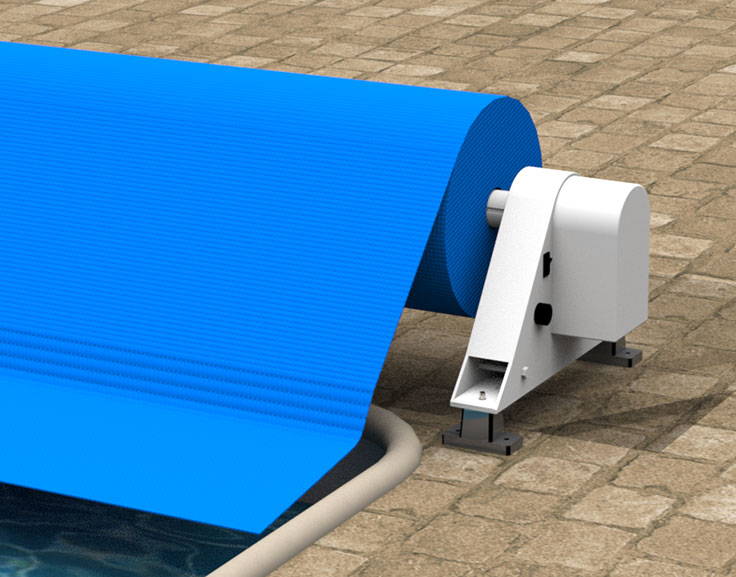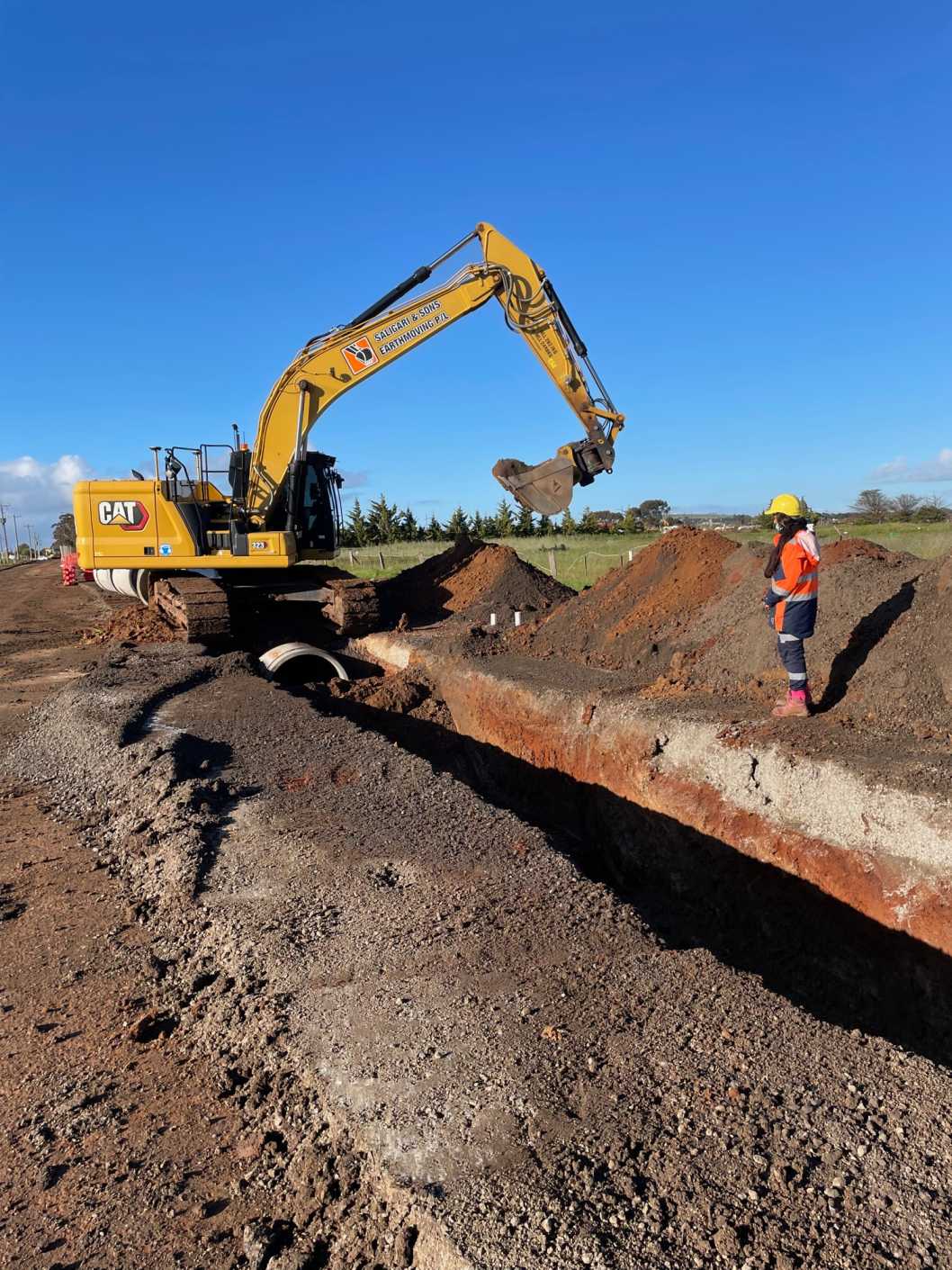
Technology plays a crucial role in the modern workplace, and having reliable IT support is essential for the smooth operation of any business. While many companies rely on remote IT services, there is significant value in investing in onsite IT support for your team. Onsite IT support ensures that your employees have immediate access to assistance when technical issues arise, leading to increased productivity and efficiency. In this article, we will explore the importance of onsite IT support in empowering your team and driving business success.
The Benefits of Onsite IT Support
1. Immediate Response Time
- Onsite IT support means that IT professionals are physically present in your office, allowing them to respond quickly to any technical issues that may arise.
- Employees no longer have to wait for a remote technician to troubleshoot problems, leading to faster resolution times and minimized downtime.
2. Personalized Assistance
- Onsite IT support services provide a personalized touch, as IT professionals can interact directly with employees to understand their specific needs and challenges.
- This personalized approach enables IT staff to tailor solutions to the unique requirements of your team, leading to more effective problem-solving and increased satisfaction among employees.
3. Proactive Maintenance and Monitoring
- Onsite IT support allows for proactive maintenance and monitoring of your IT systems, helping to prevent potential issues before they escalate into major problems.
- IT professionals can regularly check and update systems, ensuring that your technology infrastructure is running smoothly and efficiently at all times.
4. Training and Education
- Onsite IT support offers the opportunity for IT professionals to provide training and education sessions to employees, helping them develop their technology skills and knowledge.
- By investing in ongoing training, you can empower your team to make the most of the technology tools available to them, leading to increased efficiency and innovation in the workplace.
Choosing the Right Onsite IT Support Provider
1. Experience and Expertise
- Look for an IT support provider with a proven track record of experience and expertise in managing IT infrastructure.
- Ensure that the IT professionals have the necessary certifications and qualifications to handle a wide range of technical issues effectively.
2. Customer Service and Communication
- Choose a provider that emphasizes excellent customer service and clear communication with clients.
- Effective communication is key to a successful onsite IT support partnership, as it ensures that your team's needs are understood and addressed promptly.
3. Scalability and Flexibility
- Consider the scalability and flexibility of the IT support provider's services to ensure that they can adapt to your business's changing needs and growth.
- Choose a provider that offers customizable support plans tailored to your specific requirements, allowing for seamless integration with your existing IT infrastructure.
4. Proximity and Availability
- Opt for an onsite IT support provider that is located near your office location for quick response times in case of emergencies.
- Ensure that the provider offers 24/7 availability or after-hours support to address any critical issues that may arise outside of regular business hours.
Conclusion
Onsite IT support is a valuable investment for any organization looking to empower their team and enhance productivity. By providing immediate assistance, personalized solutions, proactive maintenance, and ongoing training, onsite IT support can help your team overcome technical challenges effectively and focus on driving business success. When choosing an onsite IT support provider, consider factors such as experience, customer service, scalability, and availability to ensure that you receive the best possible support for your team. By prioritizing onsite IT support, you can create a more efficient and cohesive work environment that enables your team to thrive.








